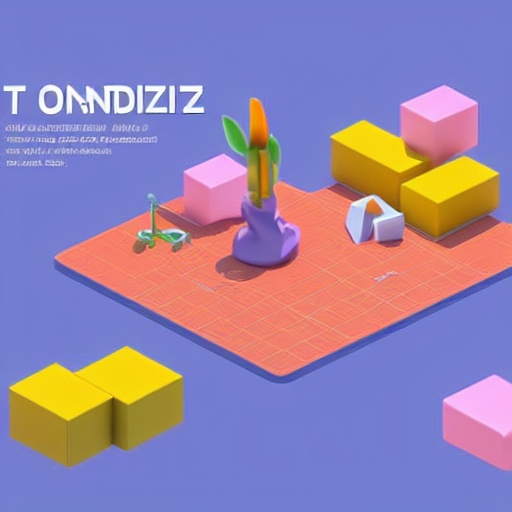
Content-Length best practices are crucial for delivering a seamless and efficient web experience. The Content-Length header is a fundamental component of the Hypertext Transfer Protocol (HTTP) and plays a significant role in optimizing website performance.
The Content-Length header specifies the length, in bytes, of the response body. It allows for proper handling of HTTP responses, enabling browsers and servers to accurately determine the size of the content being transmitted. Proper implementation of Content-Length best practices can enhance website speed, reduce bandwidth usage, and improve overall user experience.

One of the primary advantages of adhering to Content-Length best practices is the optimization of website speed. When the Content-Length header is specified correctly, the browser knows in advance the size of the content it is about to receive. This enables the browser to allocate the appropriate amount of memory, resulting in faster rendering and improved user experience.
Implementing Content-Length best practices also reduces the unnecessary consumption of bandwidth. By providing the accurate content size, servers can transmit data more efficiently, limiting unnecessary data transfers. This helps conserve bandwidth, which is particularly crucial for users with limited internet connections or those accessing websites over mobile networks.
Furthermore, proper usage of the Content-Length header plays a vital role in preventing certain security vulnerabilities. It helps prevent buffer overflow attacks by ensuring that the server sends exactly the expected number of bytes specified in the Content-Length header. This prevents malicious individuals from exploiting vulnerabilities that can compromise the server’s integrity.
To leverage the benefits of Content-Length best practices, web developers can follow a few guidelines. Firstly, it is essential to accurately calculate the content size to ensure the Content-Length header reflects the correct value. Various server-side programming languages and frameworks provide functions or libraries to calculate the length of the response body.
Additionally, web developers should avoid using chunked transfer encoding unless necessary. Chunked transfer encoding enables the server to transfer data in smaller, more manageable chunks. While it may be useful for certain scenarios, it typically adds an overhead due to the need for extra headers for each chunk. It is preferable to use the Content-Length header whenever possible for better performance.
Compression techniques, such as gzip or deflate, can also be employed alongside Content-Length best practices. Compressing the response body can significantly reduce the overall size of the content, enabling faster transmission and enhancing website performance. However, when applying compression, developers should ensure that the Content-Length header reflects the compressed payload size accurately.







